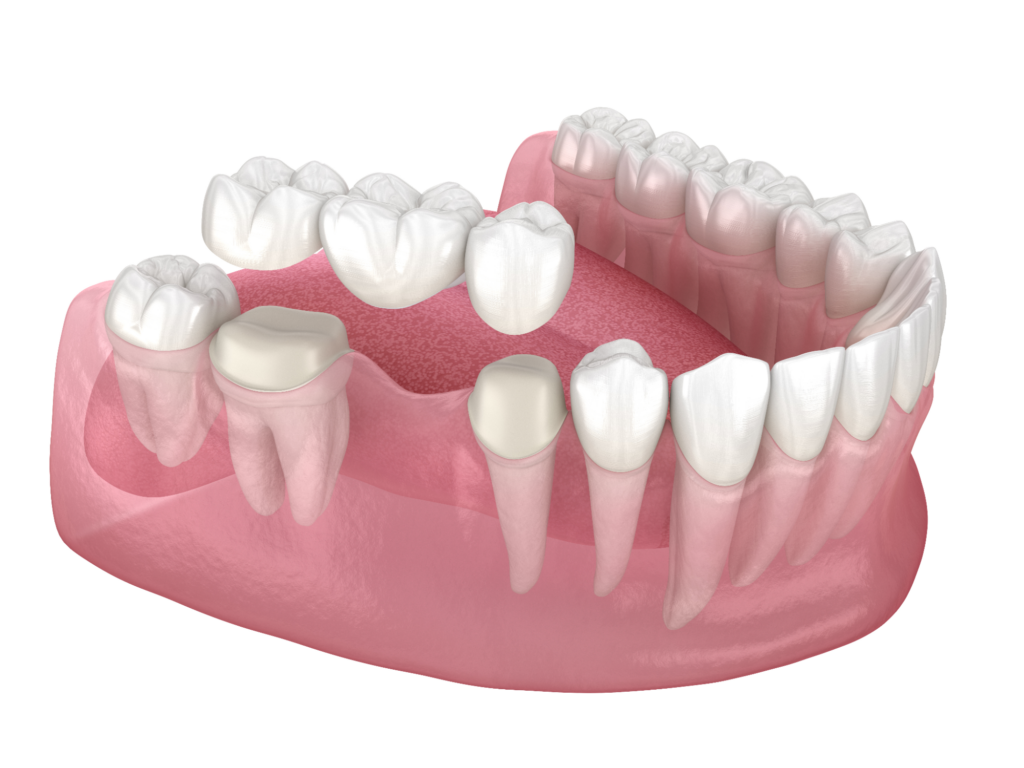Dentists often recommend pit and fissure sealants for childrens’ molars and premolars. The sealant is a protective coating that helps prevent tooth decay. We use molars to break down food for swallowing and digestion. Our molars have hollows and grooves (also called pits and fissures) that assist in mashing food. As we chew, food can get trapped in these crevices.
Without careful and consistent brushing, trapped food leads to decay. Pit and fissure sealants are beneficial in protecting children’s molars against decay. After all, children aren’t always the most diligent brushers.
Different Types of Sealants
You may wonder what the term ‘pit and fissure sealant’ means. The name refers to what part of the teeth a dentist seals during a procedure. Pits and fissures refer to the tiny grooves in your molars. These grooves can be deep pockets (pits) and broad lines (fissures).
Are pit sealants and fissure sealants two separate things? The short answer is no. A pit and fissure sealant is a single procedure, although there are different types of sealant materials a dentist can use. Dentists primarily use a resin-based or glass ionomer sealant for pits and fissures.
Resin is harder and will last longer. It needs a perfectly dry field to bond successfully to the tooth but has no fluoride to aid in decay prevention.
Glass Ionomer cement is softer than the resin and doesn’t bond quite as strongly. However, it is more forgiving if the tooth can not be kept perfectly dry. Its greatest advantage is that it releases fluoride to aid in decay prevention.
The Pit and Fissure Sealant Procedure
Most of the time, two dental professionals perform a sealant procedure. They must work together to isolate the tooth, dry the surface thoroughly, and apply the chosen pit and fissure sealant. First, the dental team cleans and dries your tooth using a combination of specialized tools, including:
- Air polishing
- Enameloplasty
- Hydrogen peroxide
- Non-fluoridated pumice paste
The goal is to clean away any stains, food particles, and plaque buildup. A clean surface ensures that the sealant doesn’t trap debris against your tooth’s surface. The pit and fissure sealant bond best to a completely dry surface; even a tiny amount of moisture can affect the procedure. Your dentist uses cotton rolls or saliva ejectors to isolate a single tooth throughout the procedure.
But even then, the sealant doesn’t bond directly to your tooth. Next, a dentist must apply a tooth conditioner. There are strict guidelines for how long to apply the conditioner and how to rinse it off. After rinsing the tooth, it should look white with a chalky texture. Your dentist can identify whether or not the conditioner worked adequately. They can apply it a second time to achieve the desired results if necessary.
Once again, your tooth must be completely dry for this next step. Now, your dentist applies the pit and fissure sealant itself. After applying the sealant, your dentist inspects your tooth’s surface. The sealant should fill all grooves and pits. It should not capture air bubbles. The dentist breaks any bubbles and ensures proper application before curing the solution with a special light. They file away any excess sealant and confirm a strong sealant bond.
Each sealant brand has varying instructions, and your dentist will follow them closely to ensure the best results. Repeat this process for each tooth requiring a sealant. Your dentist should check sealants during each office visit to ensure each one is in place and secure.
How Do Pit and Fissure Sealants Work?
Your children’s teeth can have deep pits and grooves. Trapped food particles lead to decay, which dental sealants can help prevent. The sealant fills tiny grooves and blocks food particles from getting in. Your child has a smoother surface to brush food away more easily.
The first permanent molars appear around the age of six. Sealing the pits and fissures soon after is a great way to protect these adult teeth. You can still encourage good dental habits, but you’ll also have peace of mind that there’s an added layer of protection.
How Long Do Pit and Fissure Sealants Last?
With proper application and care, pit and fissure sealants last for years. However, they can wear down over time. If a sealant gets compromised, a dentist needs to replace it entirely. The good news is that the pit and sealant procedure is both quick and affordable. If your child has a sealant that needs replacement, it’s easy to get done.
Healthy Teeth, Healthy Child
Studies show that resin-based sealants and glass ionomer sealants effectively reduce the risk of tooth decay in children. Keep in mind that sealants are not sufficient to prevent tooth decay alone. Children still need to brush their teeth carefully and minimise sugar in their diet.
Do you have a child with unsealed permanent molars? If so, there’s no better time to schedule this quick procedure. Pit and fissure sealants take a few minutes per tooth and offer long-lasting results. Contact us today!
Read More:


